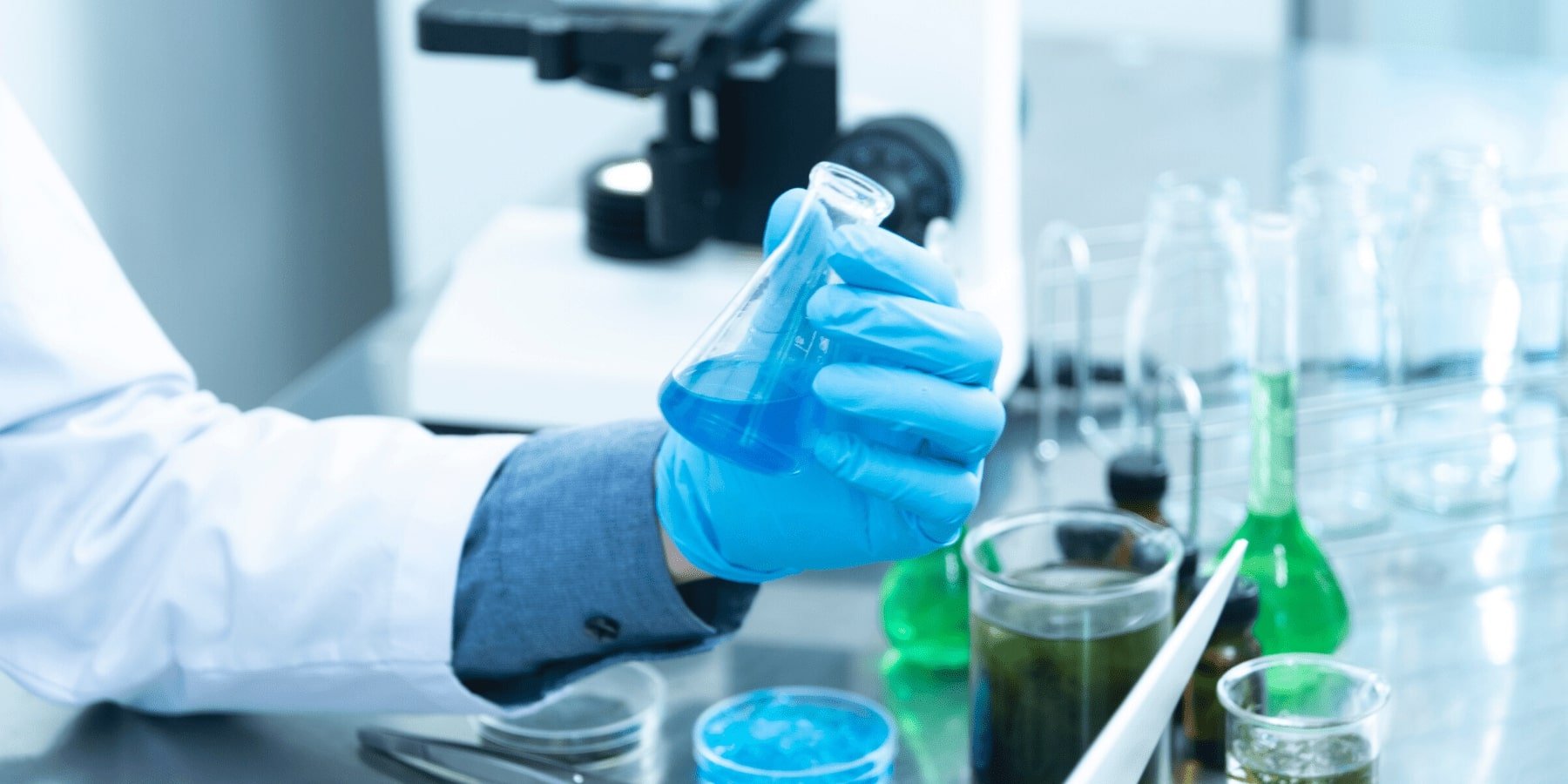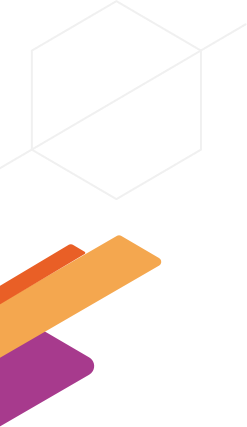Current research directions against COVID-19



The fight against COVID-19 is still at its early stages. There are currently several research directions undertaken by pharmaceutical companies. Our Life Sciences Director, Sébastien Coppe, was interviewed by the Belgian media to highlight the key trends of ongoing clinical research. This high level view may be helpful to a large audience to better understand the status of this worldwide challenge we currently face. Sébastien also explains the role N-SIDE could play as a trusted partner for pharmaceutical companies engaged in finding solutions to tackle the virus.
Major research directions and hopes for a cure
Among several strategies deployed simultaneously, there are three major research directions currently led by pharmaceutical companies: repurposed drugs, antibodies and vaccines.
Repurposed drugs
The objective is to demonstrate the efficacy of drugs currently used to treat other pathologies such as paludism, malaria or Ebola in treating the symptoms of COVID-19. Their names might sound familiar as they are known as Hydroxychloroquine, Ritonavir, Remdevir, Sarilumab or Tocilizumab.
Several studies, notably at the European level, investigate the most promising avenues offered by existing drugs, sometimes combined with others, and evaluate side effects. In this framework, a clinical trial named Discovery started at the end of March. It will test on 3200 infected European patients the efficiency and safety of four experimental treatments. The results are expected in a couple of weeks.
Repurposed drugs are currently the fastest means to benefit from a first medical treatment as these drugs were already tested and approved for other indications. The goal of the ongoing clinical trials is therefore to assess their efficacy against COVID-19. While these drugs may bring some solution to reduce/remove some negative effects of the COVID-19, they cannot be considered as the perfect cure as their primary role is to reduce the symptoms of the virus.
Antibodies
The objective is to develop a new treatment directly targeted to fight the virus. This line of research aims at isolating key antibodies active on the fight against COVID-19, for instance starting from the serum derived from cured patients or from live animals (e.g. mice). The antibodies may then be injected in infected patients to reduce the symptoms of COVID-19. In the future, antibodies may also potentially be injected in individuals at risk in order to reduce risk of infection.
Some first clinical trials leveraging this kind of technique are expected to start in the upcoming weeks. Delivery times will depend on first results and manufacturing capacities to produce antibodies on a larger scale.
If they are used at the early stages of the disease, “these antibodies treatments targeted on the current coronavirus could better treat patients infected by COVID-19 than current treatments available on the market developed for other pathologies” explains Sébastien Coppe. “Still, we are speaking here about passive immunity, some kind of short-term external support for patients’ body. This will not help the patient to develop his/her own immune response. We know that once a passive immune therapy has been administered, this will not last for a long time period – still it’s complex to know how long. At the end of the day, we can only buy time for patients, but would still have to be relying on some other long term solutions to solve the global COVID-19 situation.”
Vaccines
The objective is to stimulate the immune response of the human body and therefore generate its own antibodies against the virus. “Many pharmaceutical companies have launched their own program to develop a vaccine, often starting from previous work done for other viruses (e.g. Ebola or MERS). This line of research aims to immunize a large population against the coronavirus. However, it is very likely that this research will take time. Scientists are also aware that the vaccine may have to be adapted due to some virus mutation as it is the case for the seasonal flu for instance”.
There are multiple “platforms” (i.e. technologies) currently investigated, e.g. inactivated or weakened whole viruses, genetically engineered proteins, DNA and “messenger RNA” (mRNA) technologies. Some pharmaceutical companies already started the first phase of clinical trials while others expect to start in a couple of months. The first outcomes are foreseen in 2021.
While developing a vaccine is a challenge, manufacturing it is another one. “Currently, we may estimate that 4 to 5 billion vaccine doses are manufactured every year, for all vaccines together. If one company finds a COVID-19 vaccine, the demand will quickly grow above this number! Manufacturing capabilities will become crucial, and some large countries and organizations are already supporting pharmaceutical companies to find manufacturing solutions such as funding new manufacturing facilities “at risk”, i.e. before having strong results showing the efficiency of a vaccine technology” states Sébastien Coppe.
The challenge of clinical trials
Clinical trials are a crucial step to assess the efficacy and tolerance of a treatment. N-SIDE works with several pharmaceutical companies and provides them with solutions to set up efficient clinical trials while optimizing costs and managing risks.
“Clinical research has multiple sources of uncertainty, related to how patients will react to their treatment. Guaranteeing that each patient taking part in a clinical trial will receive the appropriate treatment is therefore a challenge for pharmaceutical companies” explains Sébastien Coppe.
“As a consequence, pharmaceutical organizations take important safety margins in terms of the number of treatments produced and distributed in hospitals all over the world, which can have impacts on the clinical research delivery schedules, especially when we want to reduce timelines. It generates a consequent waste level (industry standard being around 60%) where some advanced analytics methods help to reduce such a waste level, keeping patients at the center of the optimization objective”.
N-SIDE helps reduce waste by more than 30% and also provides solutions enabling pharmaceutical companies to speed up the testing of new treatments (manufacturing capabilities are often a bottleneck when facing very quick scale-up strategy) to make these treatments available faster for patients.
———-
This blog post is based upon excerpts from newspaper articles originally issued in French by La Libre Belgique & La Dernière Heure on March 31st, 2020. Access is reserved to subscribers.
If you are interested to have the latest updates on all clinical researches (planned and ongoing ones), the Milken Institute is tracking research developments from all official sources of information.









